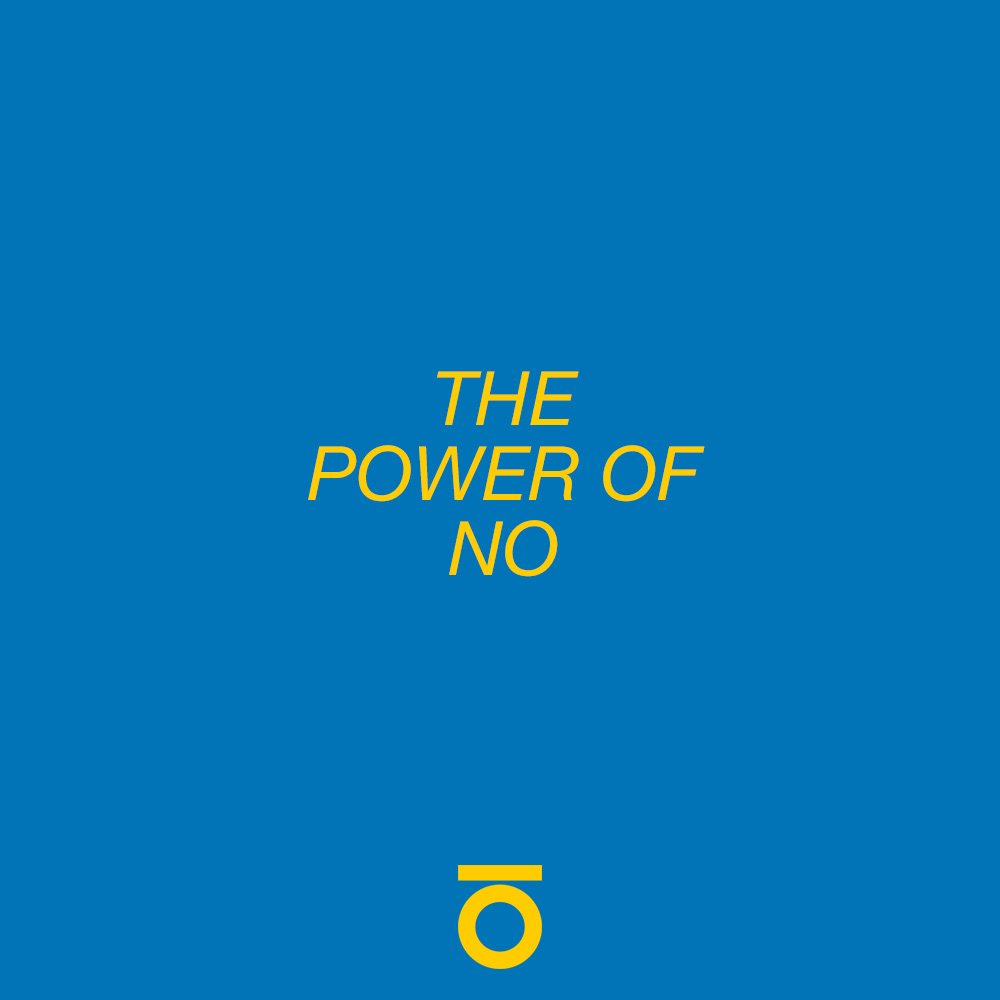Much has been written on the subject of saying “no”. The thesis is continually the same: in a world where “yes” is best, “no” is often taken for granted. It is a point of decision that provides clarity and balance to a well-thought person. The ability to say “no” can be a sign of maturity, confidence, and organization. It can also be a decision of productivity, as the one who says “no” is often aware of what needs to be done and what can be ignored.
In the world of design, “no” is every bit as important as it is elsewhere. With confidence and experience, a well-thought designer will know when to take on a project and when to turn it away; when to continue and when to resign. This may sound counter to the heart of a designer but it is truly not. The reality is, some clients are a proper fit for the designer and some are not. Some clients will want a particular style that the designer does not work well with. Some clients will simply be too difficult and headstrong for the designer. In any of these cases, the work will be forced and the results will be lacking.
However, with this idea also comes balance and understanding that some challenges should be met. No one in design, or any industry, should be lazy. No one should turn away from a project without a confident sense of purpose and understanding of self. No one should quit simply because they haven’t quite found the answer to the problem. Saying “no” in design should be the result of experience and wisdom in knowing that the client or project is simply not the right fit. And to further continue will result in frustration, wasted time, and a depletion of energy.



